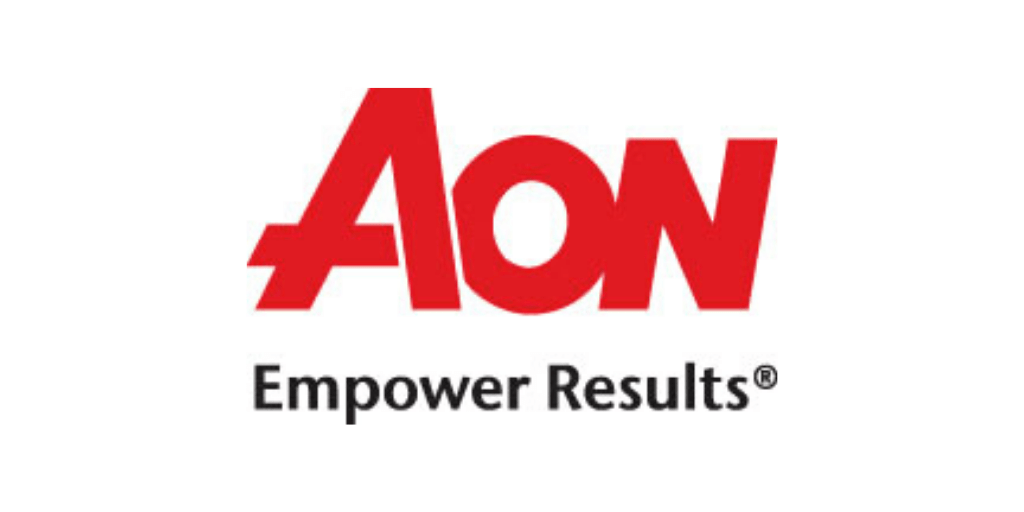Only 32% of employees are resilient, with nearly half (42%) feeling insecure, 52% not feeling a sense of belonging to their organisation, and 55% believing that they cannot reach their potential in their current employment.
These are some of the findings from the Aon Rising Resilient report which – using data collected during March 2020 from 2,500 survey participants in the UK and across Europe – explores workforce resilience, why it matters, and how Boards can lead their organisations in building resilience in their workforce.
What is workforce resilience?
Following the pandemic, Board members, as leaders are now more aware of how their organisation will benefit from maintaining a healthy workforce, who can weather storms, who feel secure, productive and motivated in their jobs, and can rapidly adapt to change. Our research reveals workforce resilience is created where the environment at work is one in which people can better adapt to adverse situations, manage stress and retain motivation.
There are three core indicators of workforce resilience:
- A sense of security at work.
- A strong sense of belonging with the employer.
- The adaptability and motivation employees need to reach their full potential.
Why resilience matters
Organisations with resilient workforces can see value delivered through improved employee sentiment, bottom line measures (attraction, retention, productivity) and employee outcomes that contribute to their ability to do great work.
Our research shows that greater investment in wellbeing is linked to greater levels of resilience, but it needs to be a broad program, encompassing four or five pillars of wellbeing.
How to build workforce resilience – 10 key factors
Our data showed a consistent gap between the employee perception of what is offered to them and the realities of what senior decision makers claimed to deliver. While only 13% of employers said that they do not offer any initiatives focused on healthy living, 43% of other employees believed that their organisation did not offer them any support in this area.
Building workforce resilience means that leaders need to work with their Chief People officers and other specialists within the organisation to understand and adapt to the 10 factors that shape employees’ interpretation of health and wellbeing activities:
| · Encouraging heath positive behaviours
· Protecting physical health · Delivering clarity and purpose · Operating with compassion and engaging community · Supporting mental health |
· Fostering adaptable skills
· Sharing responsibility and control · Developing financial security · Embracing inclusivity · Understanding and managing employee expectations |
To achieve resilience, this model must be backed up by clear leadership from the Board, vision and connection to organisational purpose, a comprehensive wellbeing strategy, as well as a focus on driving employee engagement through internal communications, and leading from the top down while keeping an ear to the ground.
To find out more about how to build workforce resilience in your organisation and how other organisations have achieved workforce resilience, click the link to download the Aon Rising Resilient report or get in touch with our team. This post is sponsored by Aon.
Related posts:
Crisis Management & Employee Engagement




